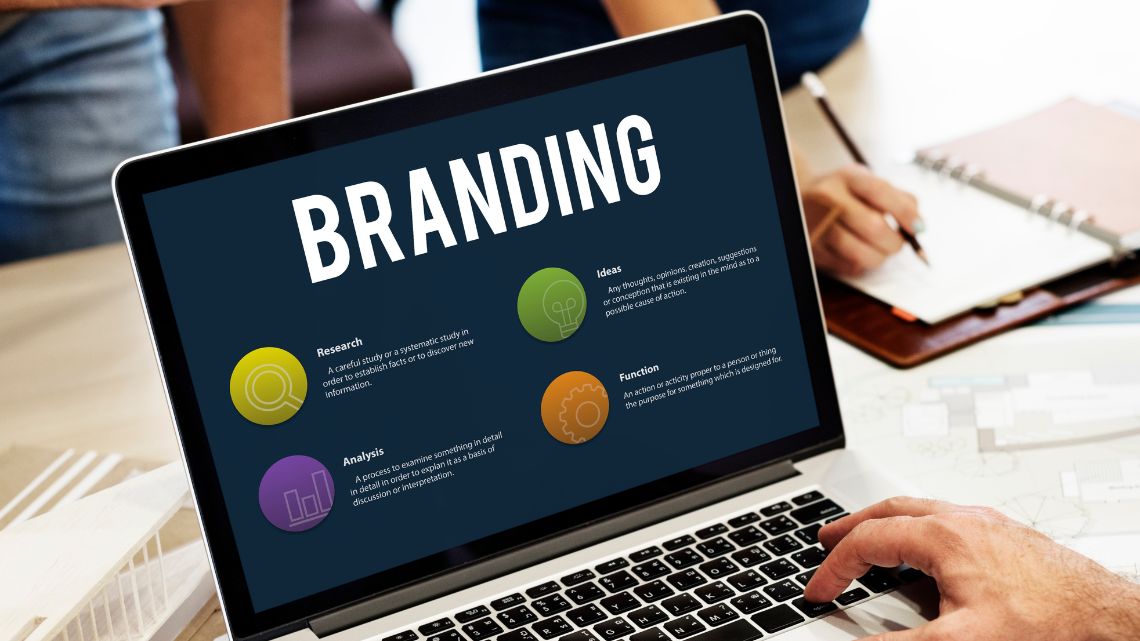
Imagine a congested street with neon signs flashing from every angle. Some signage scream bright colors, while others exude elegance. And then, in the middle, there’s a dull, gray sign that says nothing, makes no promises, and fades into the backdrop. You probably won’t recall walking past it. That gray sign is what most brands unintentionally become when they try too hard to be safe.
In the contemporary market, the center is not a safe haven; it is a black hole. It consumes firms that are too cautious to be daring, too ambiguous to be remarkable, and too slow to keep up. Previously, playing it safe meant you’d survive. Now it implies you’ll vanish.
Why “Safe” is the New Risky
The paradox of branding today is simple: what formerly saved businesses is now what kills them. For decades, brands believed that neutrality equaled protection. Do not offend. Don’t stand out too much. Do not take chances. Simply stay in the comfortable center lane.
But the middle has become a graveyard. Consumers, whether Gen Z looking for purpose-driven brands, Millennials wanting authenticity, Gen X looking for trust, or Boomers looking for dependability—are all unified by one thing: they value clarity, confidence, and conviction. They have no tolerance for blandness.
Algorithms exacerbate the problem even more. Social media does not promote “okay” content; rather, it promotes extremes. Either you pique attention or you sink. Playing it safe makes you invisible not only to your audience, but also to the platforms that convey your message.
The Fear Behind the Middle
Why do brands wind up here? Fear of being very loud. Fear of alienating some clients. Fear of attempting anything new. Fear of failing in public.
The irony is that, while businesses believe they are avoiding danger, they are actually taking the greatest risk of all—irrelevance. A daring campaign that fails nonetheless elicits discussion. A safe, successful campaign does not. And when people stop talking about you, your brand gradually fades.
The truth is that consumers punish mediocrity far more brutally than mistakes. They’re willing to forgive a stumble if it feels genuine, but they rarely tolerate boredom.
What Bold Looks Like in Practice
Bold does not imply irresponsible. It does not imply shocking people for the sake of attention. It entails taking a stance and sticking to it, even if it is divisive. Here are a few ways brands can move out of the center without going off the edge.
- Owning a Point of View: Patagonia did more than just sell outdoor clothing; it announced that it is in business to save the environment. Whether you love them or not, you understand what they stand for.
- Storytelling with Teeth: Nike’s campaigns aren’t about shoes; they’re about defiance, grit, and human potential. People don’t wear Nike to run, but to believe in themselves.
- Design That Speaks: Take a look at Apple’s simple style. It’s radical minimalism, a stark rejection of clutter, and not neutral. It resonates because of this.
- Daring to Be Playful: From Wendy’s sardonic tweets to Duolingo’s owl on TikTok, companies that embrace humor not only sell but also amuse, leaving a lasting impression.
None of these businesses opted for the bland, drab middle ground. They decided on a lane. It was theirs.
The Myth of Pleasing Everyone
The idea that you need to appeal to everyone is one of the most perilous branding myths. The unsettling reality is that no one will love you if everyone likes you.
Consider the movements, artists, or leaders who influenced culture. They caused division and weren’t loved by everyone. However, their belief inspired loyalty rather than apathy. The same is true with brands. Companies saturate the center, hoping to gain widespread acceptance, only to be forgotten by everyone.
The Middle is Shrinking Faster Than Ever
The end of the middle has increased due to the digital revolution. Global corporations may demand attention with strong pronouncements, while startups with personality can completely upend sectors. Brands that fall somewhere in the center, neither bold enough to be bold nor powerful enough to take over, are squeezed out.
Innovation is killed by middle-ground thinking, even in companies. The very risks that contribute to progress are blocked by teams who cling to “what’s worked before.” Playing it safe now equates to steady deterioration rather than stability.
What It Takes to Escape the Middle
It takes discipline as well as guts to get out of the center. Boldness is action-oriented clarity, not confusion. Here’s how companies can stay out of the gray area:
- Choose What You Oppose: It’s simple to be “for” something. What are you against? That is the true question. Conviction comes to life at that point.
- Give up chasing consensus: Consensus dilutes ideas. Your message is definitely too weak if it doesn’t raise some eyebrows.
- Speak in a Human Voice: Business jargon abounds in the middle. Give it up. Communicate like your audience does.
- Be Consistent: Being bold occasionally doesn’t work. To let people know what you stand for, you must repeatedly appear.
- Prioritize Legacy Over Likes: A post that becomes viral is good. A lasting impression is preferable. Pay attention to what people will remember you for, not simply what’s popular right now.
Fade or Flame
Since the center steers clear of conflict, it seems cozy. Comfort, however, does not create legacy. Fire does. Whether they burn bright or burn out, the brands who choose to be bold over cautious are the ones that create history.
You have two choices in a world that moves so quickly: either aggressively enter the spotlight or blend in quietly. One renders you forgettable. You are memorable because of the other.
In reality, no one can recall the gray street sign.
More Related Blogs: https://entrepreneurgulf.com/
Connect with Us:
LinkedIn: https://www.linkedin.com/company/entrepreneur-gulf/
Twitter X: https://x.com/entpre_gulf
Instagram: https://www.instagram.com/entrepreneurgulf/
